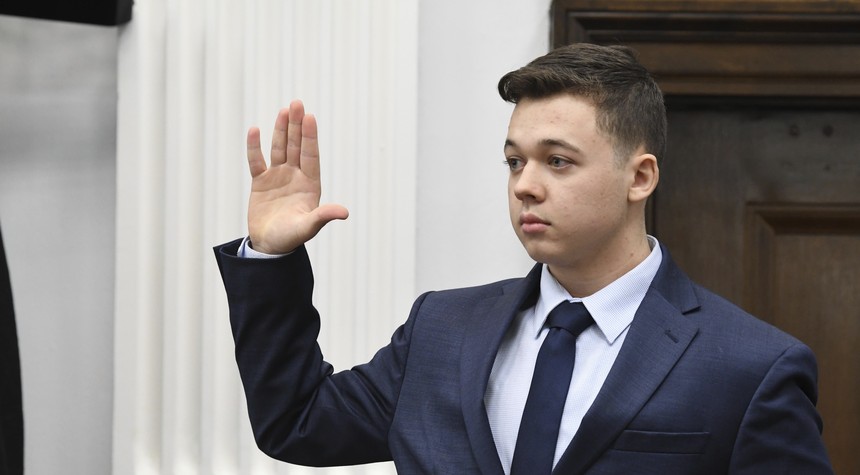I wrote previously about how the defense in the Rittenhouse trial had made a motion for a mistrial with prejudice and the judge had previously said he would be “taking it under advisement.”
On Monday, as both sides wrapped up with their closing arguments, they reminded the court that the motion was still pending. The judge said he would be ruling on it.
The defense had previously raised two issues.
The first is that the prosecution improperly infringed on Kyle Rittenhouse’s constitutional right to remain silent when, during questioning, ADA Thomas Binger tried to suggest that Rittenhouse hadn’t made a comment until he was able to hear everyone else testify. That caused fireworks with the judge admonishing the prosecutor and saying he was on the line and maybe over it.
The second issue was that the prosecution had tried to introduce evidence that the judge had already ruled they could not introduce. The judge had also admonished the prosecutor over that, saying that he didn’t believe the prosecution when Binger claimed that he didn’t think the judge’s ruling applied to the evidence he, Binger, was trying to introduce. The judge chastised Binger, saying “Don’t get brazen with me,” “I don’t believe you,” and “There’d better not being another incident.”
Now, in a formal filing for a motion for mistrial with prejudice that they made on Monday, the defense mentions those issues but also raises another — that the prosecution withheld evidence from defense. The defense argues that on November 5, the prosecution turned over a compressed version of a drone video that had been taken on that day showing some of the incident of Rittenhouse running into the lot with Joseph Rosenbaum chasing him and then the shooting. Meanwhile, the defense is saying that the prosecution had a clearer version of the video that they did not provide until after both sides were finished presenting their cases.
‘The problem is the prosecution gave the defense a compressed version of the video. What that means is the video provided to the defense was not as clear as the video kept by the state.’
The motion goes onto explain that the file size of the defense video is just 3.6MB while the prosecution’s is 11.2MB.
The motion states that this larger file was not provided to the defense ‘until after the trial concluded’
It reads, ‘During the jury instructions conference, the defense played their version of the video for the court to review. The state indicated their version was much clearer and had their tech person come into court to have the court review their clearer video. The video is the same, the resolution of that video, however, was not.’
In fact, the state did not provide the larger file until two days before closing arguments and after the evidence had been closed.
Here, they are showing the video to the judge and you can hear ADA James Kraus say that their version is clearer.
The motion states, ‘As it relates to the compressed drone footage. The prosecution should be required to explain to the court why they did not copy the footage for the defendant with the same quality as their copy
‘The video footage has been at the center of this case. The idea that the state would provide lesser quality footage and then use that footage as a linchpin in their case is the very reason they requested and were granted the provocation instruction by the Court.’The defense argued these actions were clearly intentional and prejudicial to Rittenhouse. That’s why they are arguing for a mistrial with prejudice, meaning that the prosecution cannot bring the case again against Rittenhouse, because they are arguing the prosecution’s actions are so egregious.
Now, if the prosecution didn’t turn over the evidence to the defense, that could be a big problem especially if it would have been helpful for the defense.
So what does that mean now that the case has gone to the jury? Generally speaking, a court tries to dispense with motions before that point so it is unusual that it hasn’t been decided by now. It could be that the judge wants to give the jury the chance to decide and the evidence points toward an acquittal. If there’s an acquittal, the motion becomes moot, meaning it no longer matters and the judge hasn’t taken the case out of the jury’s hands. That might be what’s going on there. If there’s a conviction, on the other hand, it’s unlikely the judge is going to go around that decision, but the defense will have preserved their objections for appeal by having filed the motion

